Art is a universal language that engages us to reflect, learn and be inspired by its presence in whatever form. Therefore, it is not surprising that art universally has been a catalyst for the revitalization of downtown districts, neighborhoods, and commercial corridors. There are tons of examples of how art in any form has contributed to transforming abandoned buildings, parcels, and street corridors into vibrant sites that attract many of us to be present or become part of its transformation. But art can also be a gentrifier and displace both longtime residents and businesses from remaining in these communities. The question here: How can art be part of a revitalization strategy without entirely changing the fabric of a community that leads to its displacement? I’d like to share a model of how it’s being done in a historically Black city in Miami Dade, Florida that I have the pleasure of working with for the last 14 years…
But First, What Is Creative Place-Making and its Relationship to Art
The purpose of creative place-making is to “create” places of destination that increase the vibrancy and revitalization of communities, mostly through art, cultural events, and the development of unique spaces to visit. They foster both a sense of community but also a place for both residents and commerce to thrive. These projects many times are led by either a community group, the city, or a private developer. In many communities worldwide, they start with street murals and pop-up events. This later leads to a redevelopment strategy that spikes the use of underappreciated properties, creating opportunities for government, business, and investors.
Unfortunately, creative place-making has an ugly side as it has become a popular tool for gentrification. It has displaced longtime residents and businesses changing the historic fabric of a community. Once a potential place or community is under consideration, the cost of real estate begins to rise, leading to evictions and affordable housing shortages limiting who can now live or work there. It has the greatest negative impact on Black and Latinx neighborhoods, who rarely have the resources to invest.
Art can play a major role in shaping the social, physical, cultural, and economic identity of a community. Yet, marginalized neighborhoods are denied a place where art flourishes and longtime residents are the primary benefactors. Think about how viewing a piece of artwork or listening to music or watching a play has moved you, inspired you and even made you think differently, wanting to learn more. There lies the inequity of the role of creative place-making when there is no art ecosystem that benefits everyone. How do we change this paradigm? Can it be change? A better alternative is the approach of creative place-keeping …” the active care and maintenance of a place and its social fabric by the people who live and work there” (The U.S. Dept. of Arts and Culture). More on how this work later.
The City of Opa-Locka and Miami
When I first was invited to visit the city of Opa-Locka, I was surprised to see many of its buildings and homes resembling Moorish architecture in the middle of Miami. Both peculiar and interesting, enough for me to want to dwell more on learning about this city’s history. No doubt, there are two men who’ve had the greatest impact on this city and are worth sharing a bit about their roles in further understanding the city’s past and its economic revival.
Glenn Curtiss, a Caucasian American who was an aviation pioneer, inventor, and real estate developer, internationally known as “The Henry Ford of Aviation”. A visionary with a dream to create a city based on an Arabian Night theme, 10 miles north of Downtown Miami in the early 1920s. By 1926, the City of Opa-Locka was chartered as part of a grand scheme and dream of Glen Curtiss, who managed in a short time to build a sufficiently strong infrastructure, six years before his death. His vision led to 105 Moorish designed buildings, (many still standing with domes and minarets), a train station, golf course, a zoo, and a pool. It is hard to imagine back in the 1920s what Mr. Curtiss must have endured to pull this off, and the millions of his own money invested during a time when Florida’s real estate boom had peaked. After his death at 52, the city continued to expand, although most likely not the great city Mr. Curtiss had envisioned.
In fact, overtime, the City of Opa-Locka, much like many cities and towns, experienced decades of disinvestment, devastating hurricanes, the great depression, changing demographics, economic flight, and poverty. The economic stress gradually crippled the city, causing disinvestment, crime, and poverty, eventually becoming a predominantly Black municipality with a low tax base to support municipal services.
Wille Logan, Black American born in 1957, grew up in the Opa-Locka -Miami Gardens communities, a promising young leader who eventually moved into politics, becoming the youngest Mayor of the city in 1980. From there, it was apparent that he would become a candidate for the state legislature, elected in 1982 to the Florida House of Representatives. His leadership enabled him to serve as the House Speaker in 1997, becoming the first African American designee to hold the position. After a failed attempt to run for US Senator, Willie Logan walked away from politics serving as the CEO and President of Opa-Locka Community Development Corporation (OLCDC), he founded years earlier. As a former mayor returning to a city with a long history of divestment and economic decline, it does cause with some reflections. What was different this time was both a hard-ass commitment and vision about the possibilities of rebuilding a city that he grew up in. Let me add that I have worked with Willie Logan since 2010 and he is both a colleague and a close friend.
Where does one begin? First step was to be fully engaged in real estate and programs that offer economic opportunities to residents and local businesses. Through partnerships formed with developers provide affordable housing to residents by also having equity in these projects. Land banking was the next step by purchasing real estate concentrated in one area, starting with its headquarters and the train station building, both of Moorish architecture. By accessing every possible subsidy program, it enabled OLCDC to build a staff, offer programs to the community and continue to land bank buildings and parcels that were devalued for future development. None of this happened overnight. In fact, from 1980 to 2010, Willie Logan was steadfast on building an infrastructure for making Opa-Locka a destination city much like Glen Curtiss envisioned by using both creative place-making and place-keeping.
Miami Art Scene and how it is Changing Communities
Over the last 20 years, Miami has increasingly become a metropolis, recognized for its multicultural influences, its art scene and vacation destination. Art Basel has played a significant role in changing Miami’s image to a place where art flourishes year-round throughout all of Miami, transforming and, in some cases, gentrifying cities and neighborhoods. This has caused the displacement of local workers essential to the city’s hospitality industry, who can no longer afford the cost of rent and transportation. It also has changed historically black and brown communities who are gradually disappearing, such as Overtown, Wynwood, Little Haiti, and Allapattah. All these communities have been part of creative place-making initiated by governmental entities and developers with limited involvement from the community. Can Opa-Locka be next?
A Model of Creative Place Making and Place Keeping
Early on, Willie Logan, aware of how Miami was changing and recognizing that Opa-Locka has one of the largest concentrations of Moorish Revival buildings in the country, spearheaded a community design charette in 2010. The intent was to stimulate visionary thinking about the future of the city by creating an overall vision and strategic framework for both OLCDC and the city. Today, this framework continues to serve as the foundation for all its creative place-making initiatives linking the city to the economic growth of the North Miami Dade region. Over the last 13 years, OLCDC, now known as The Ten North Group, a much larger corporation, has developed a robust art and cultural program, activating many of its spaces for art exhibitions, workshops, and panel discussions. It invited residents, local organizations, artists, and curators to be part of an African Diaspora Art initiative gradually building a presence in the art space to include its own collection of works. For the first time in 2022, the Art Basel association included the Ten North Group as part of its satellite program, drawing a great deal of attention to the city as a destination place. In 2023, the collaboration was even more intentional, with the City Administration fully engaged working in partnership with Ten North Group. The 2023 program titled Africa Global represented five exhibitions interpreting the African Diaspora experience among artists from Africa, the US, Brazil, Cuba, and Puerto Rico, along with a series of programs for all age groups. Over 800 visitors attended the series of events showcasing the city’s potential for becoming a destination place for those interested in African Diaspora Art.
More recently, Opa-Locka has been added to the 9 cities that are under consideration to host Florida’s first state-funded Black History Museum.
During these same 13 years, Willie Logan has continued to be strategic in land banking parcels and structures that would be part of creating City Terrace, a new residential community with proximity to the rail line and the downtown district. This will allow Ten North to build up to 1000 units of both affordable and workforce housing, in a distressed area with over 20,000 sq of commercial and community space. This is a 10-year redevelopment strategy with Phase I of City Terrace to break ground in 2025 phasing in the first 500 units of housing and commercial space.
The City Terrace project is an example of place-keeping designed by a community organization where its intention is to serve longtime residents and businesses by combining several opportunities in collaboration with the city’s master plan. It will showcase the unique Moorish architecture heritage of this city. Increase retail and commercial storefronts that also support the creative economy. Provide the availability of community art and cultural spaces along with multi-generational housing and much needed community services. There are already place-keeping programs Ten North offers to help current and future homeowners and to strengthen the capacity of local start-ups and existing businesses.
Lessons Learned
There were many obstacles and detours to get to this point. There is still much to be done in moving forward from building a pipeline to having lifelong residents live in a community where they can benefit from creative place-making without being displaced. The city will undergo some gentrification as it is impossible for it not to occur. Art is a powerful magnet in attracting the affluent and investors. What cannot be ignored is the reality of the time it takes to achieve this work, especially when you don’t control all the resources. It is why community development corporations as advocates and community builders are the best tools for any distressed community to have. Longevity among a committed leadership is also essential to fight the entrenched resistance to change.
This city’s history and future are tied to two men from two contrasting eras using entirely different approaches to creating and reviving a city.
Photos contain some of the city’s Moorish architecture and several of Ten North’s exhibitions and events, including the City Terrace project. Click here for a link to the Art of Transformation video during 2023 Art Basel to view the exhibitions and program events. Also click here for the Art of Transformation for Art Basel 2022.
If you enjoyed this newsletter issue, help others discover it by sharing it with your friends. If you are not a subscriber for more stories and photos like these, please click here to subscribe!“






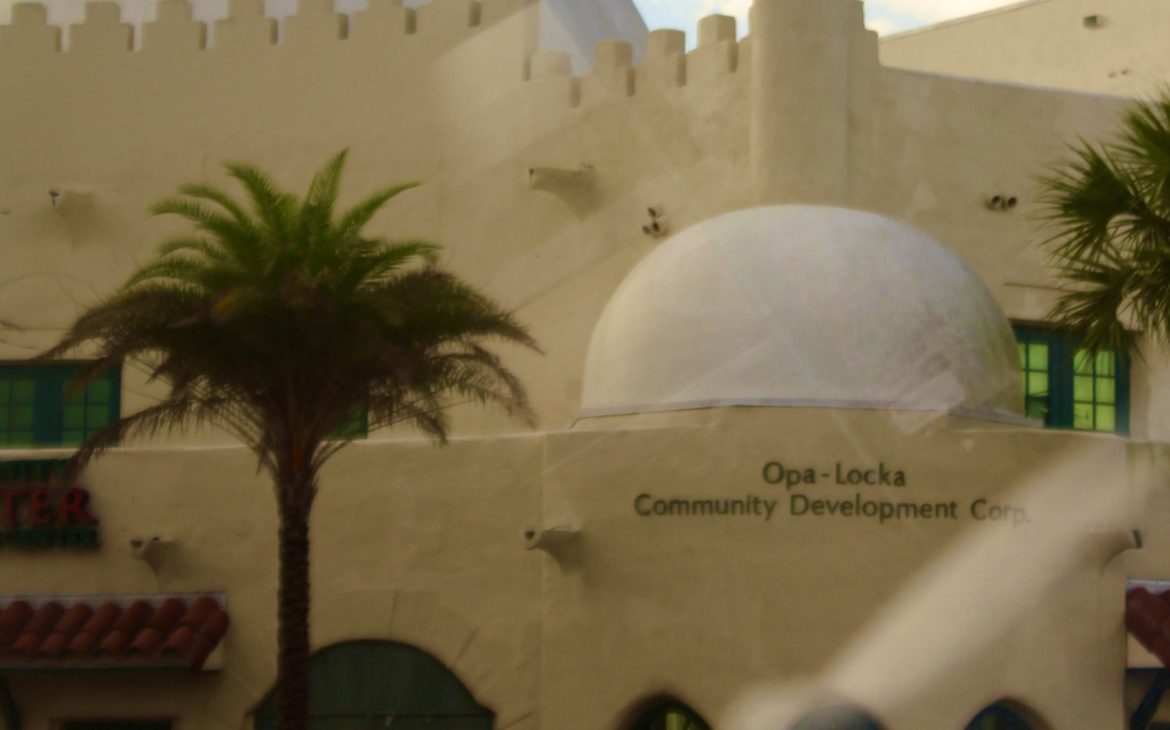
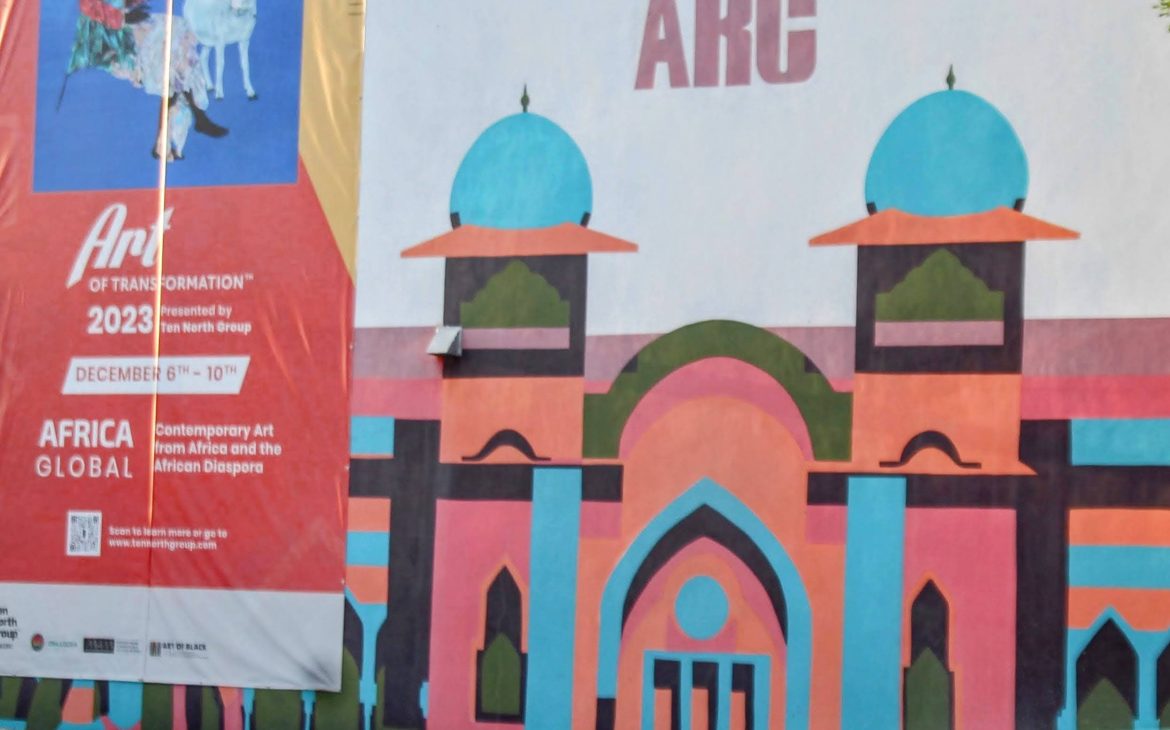
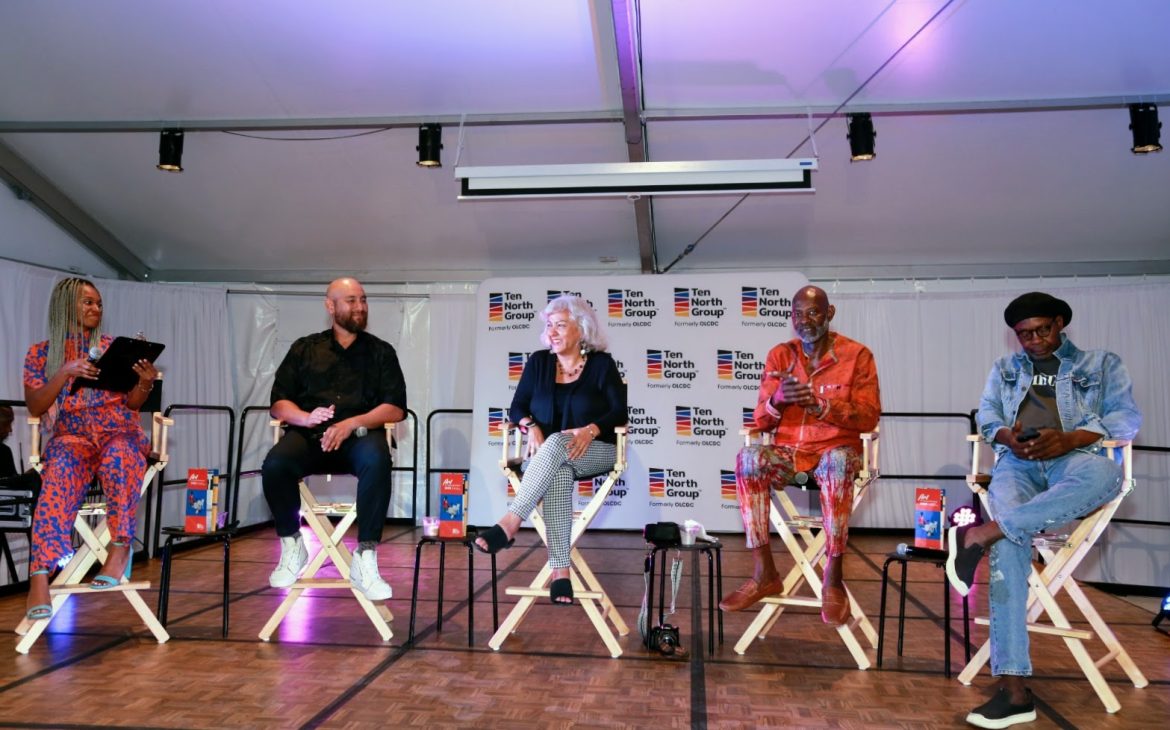
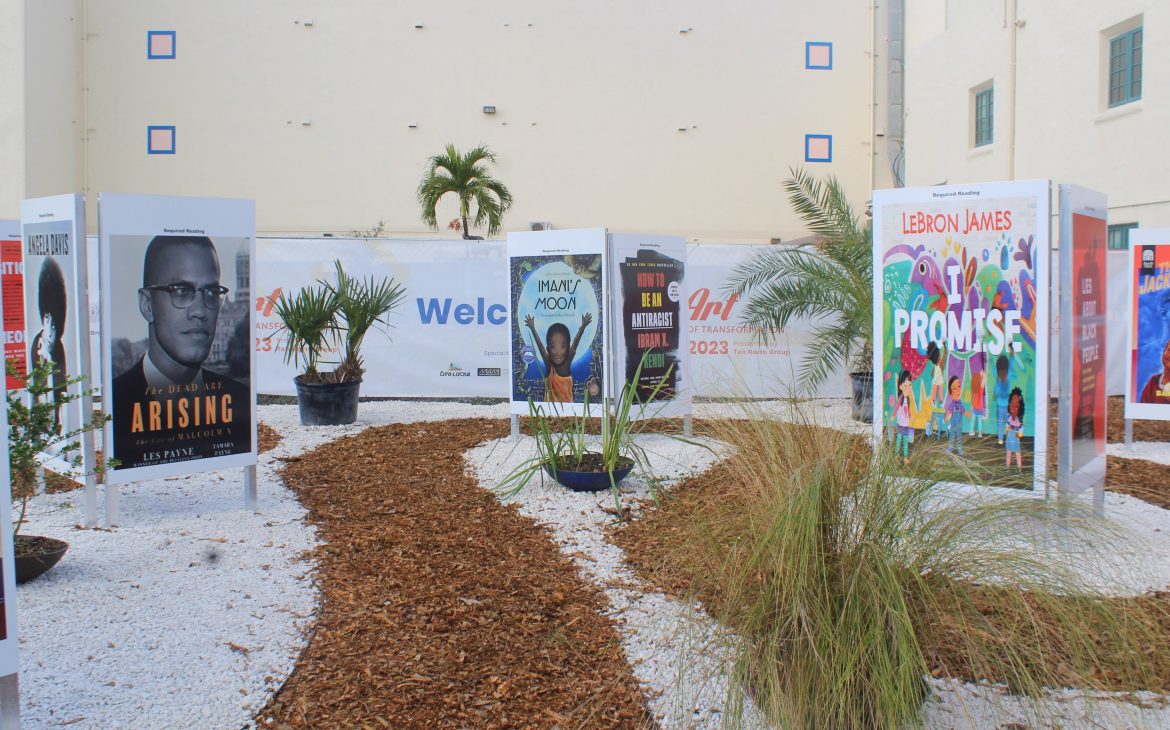
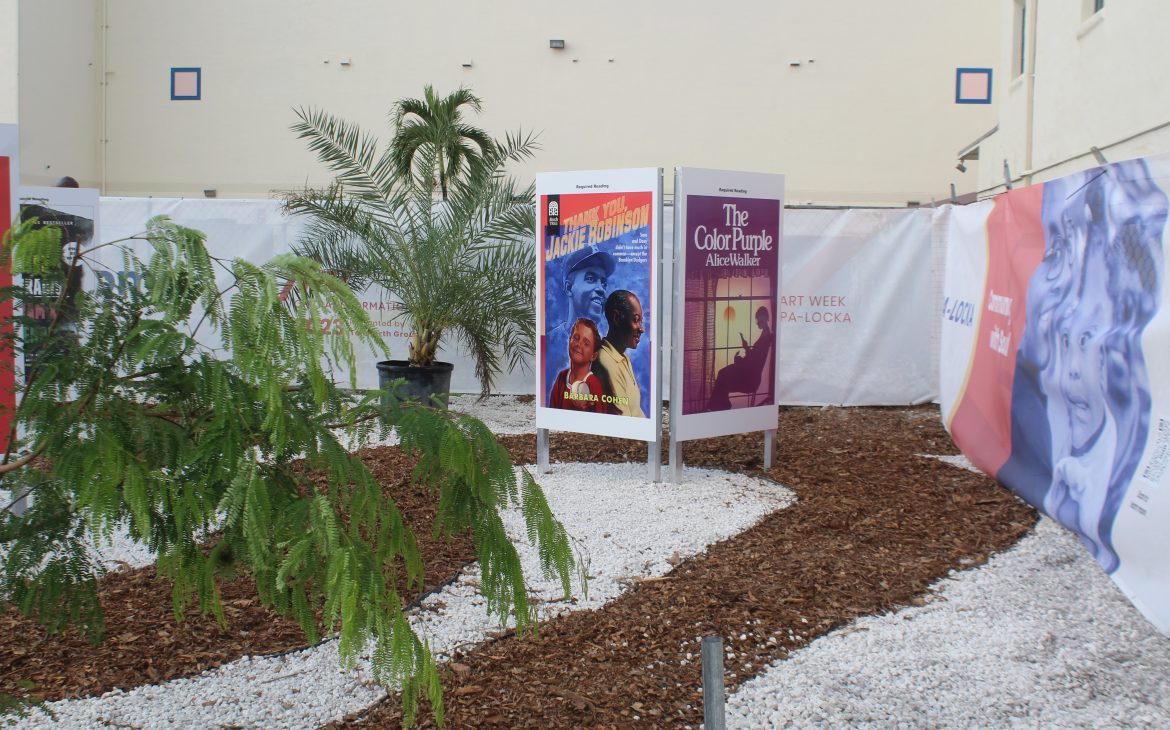
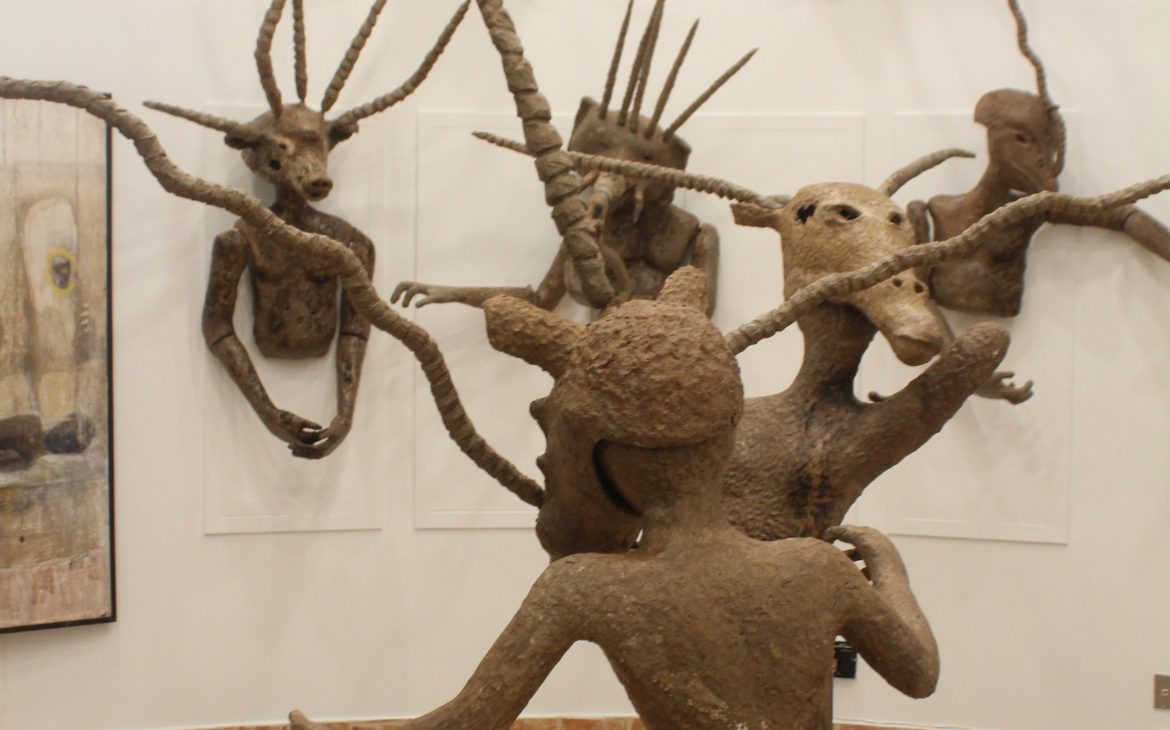
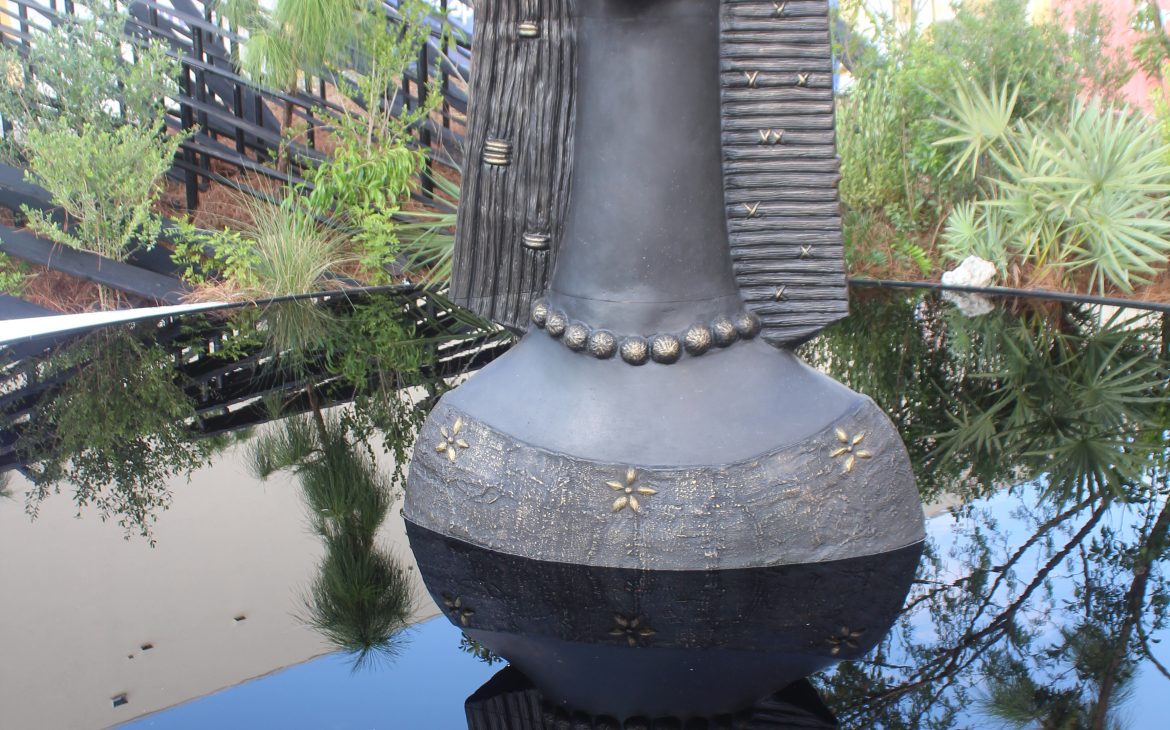
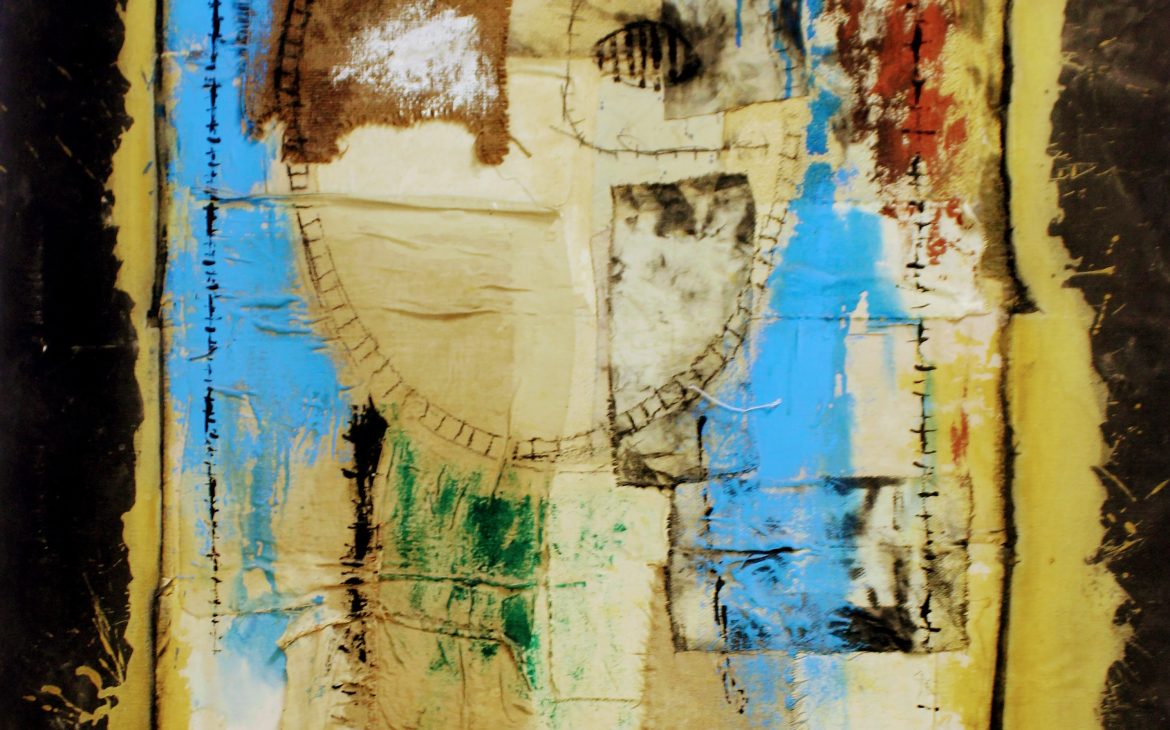
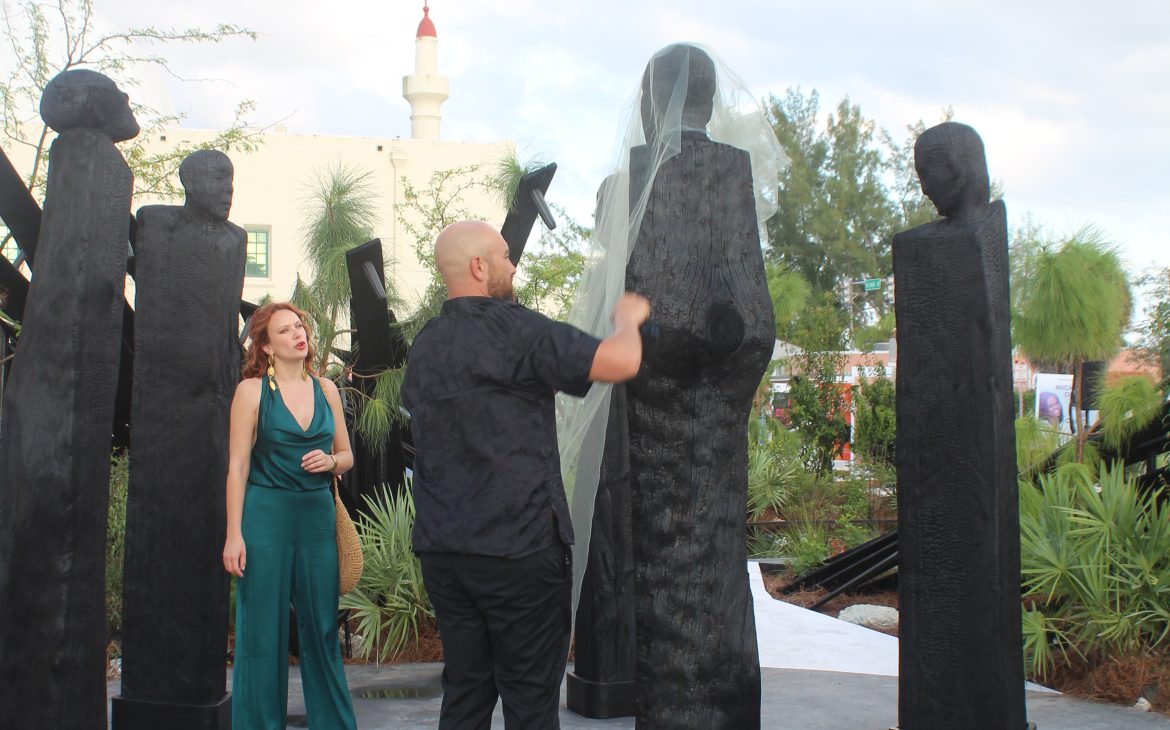
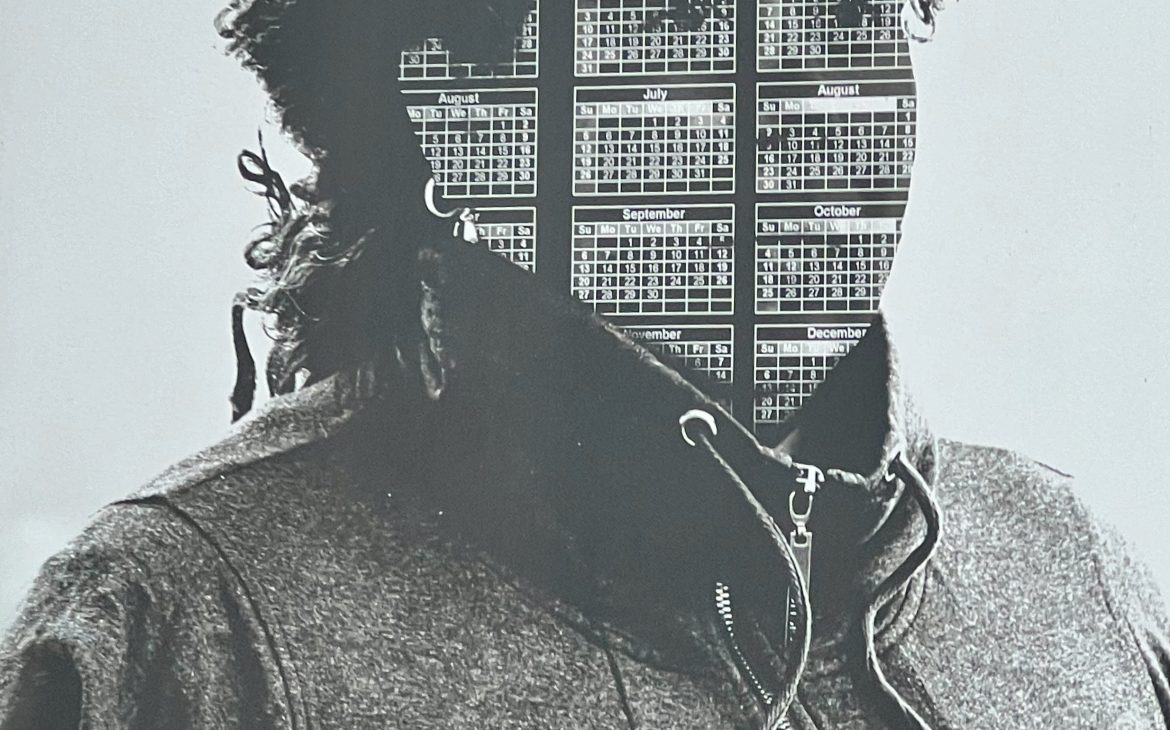
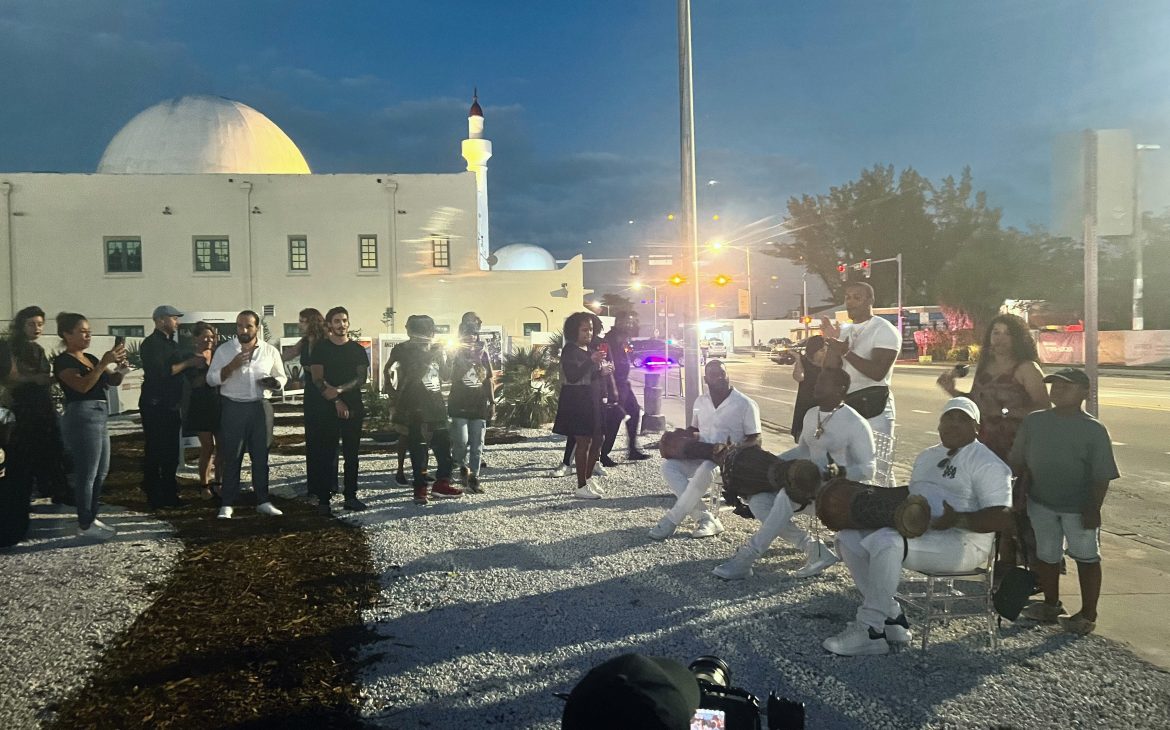
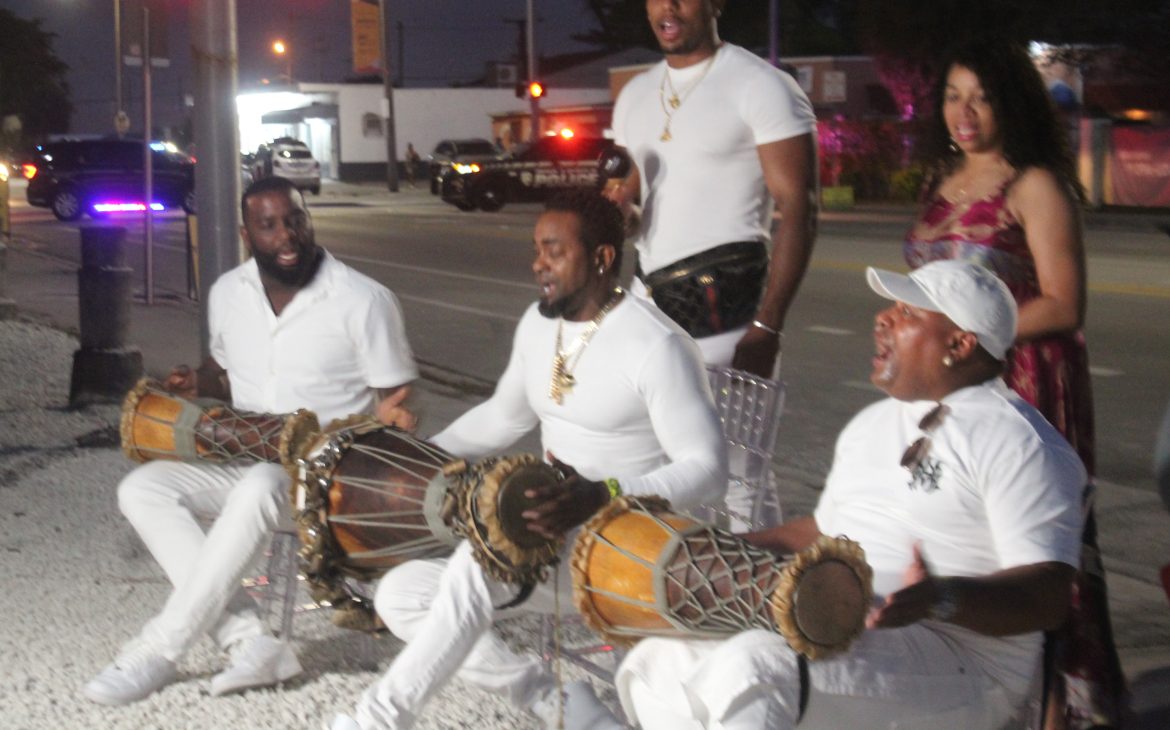
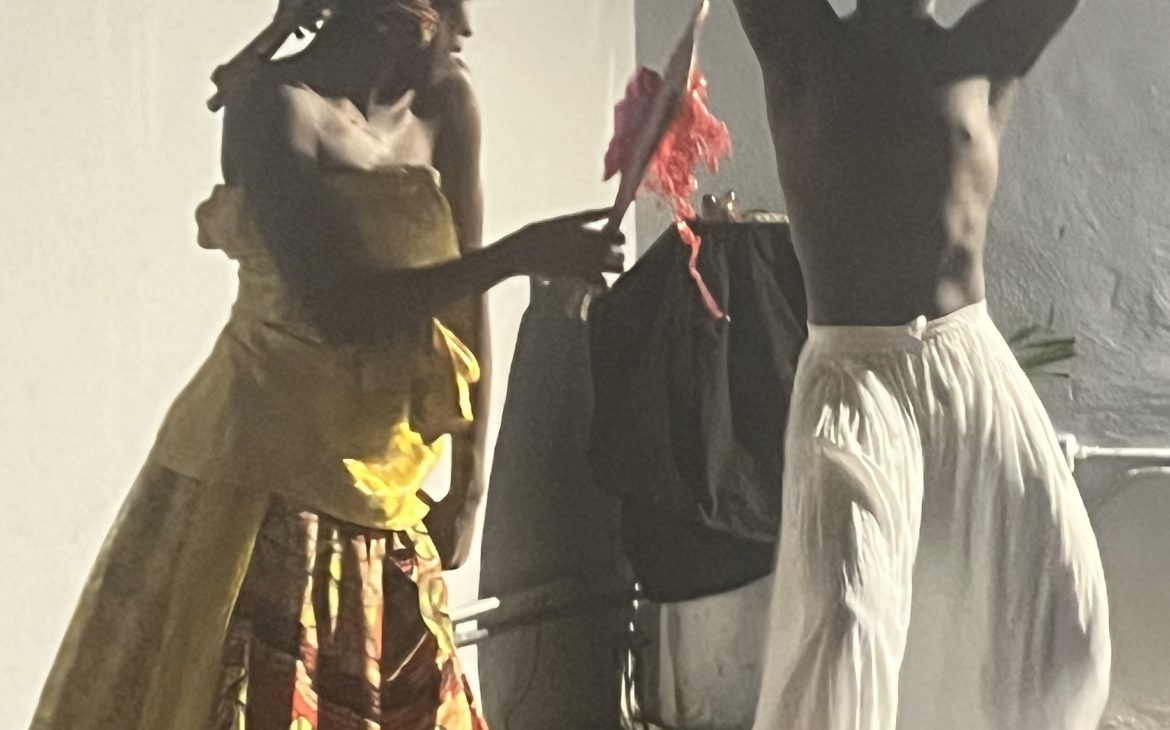
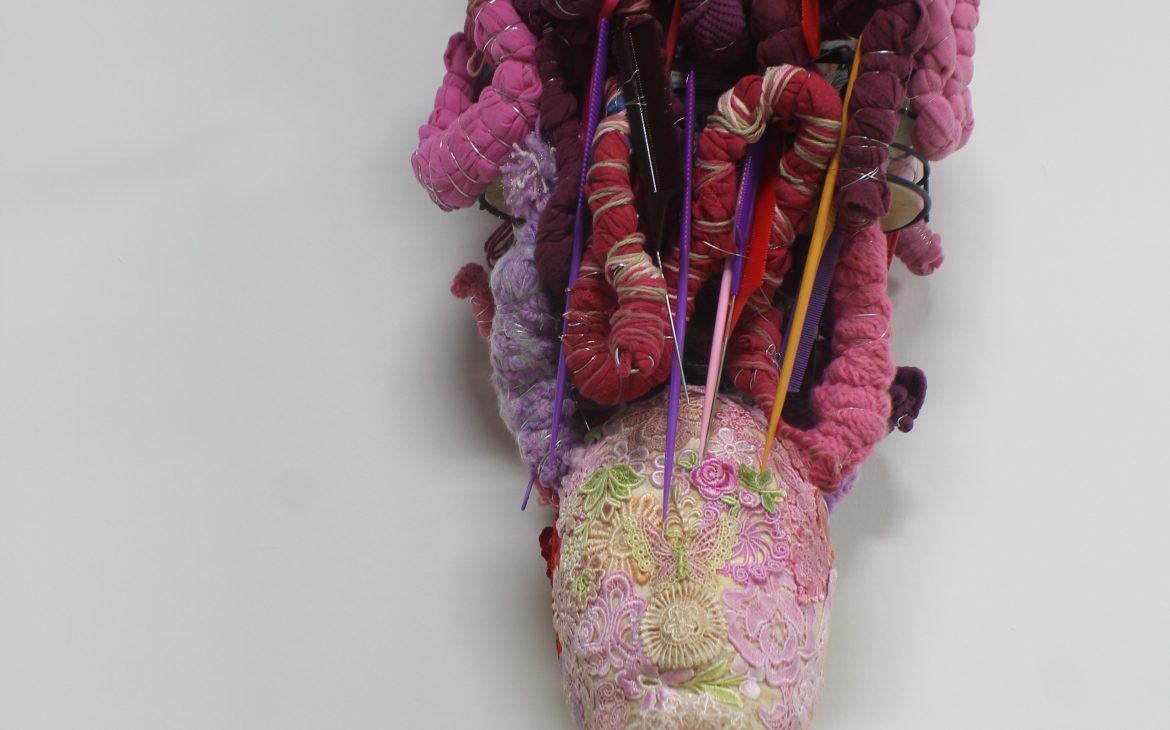
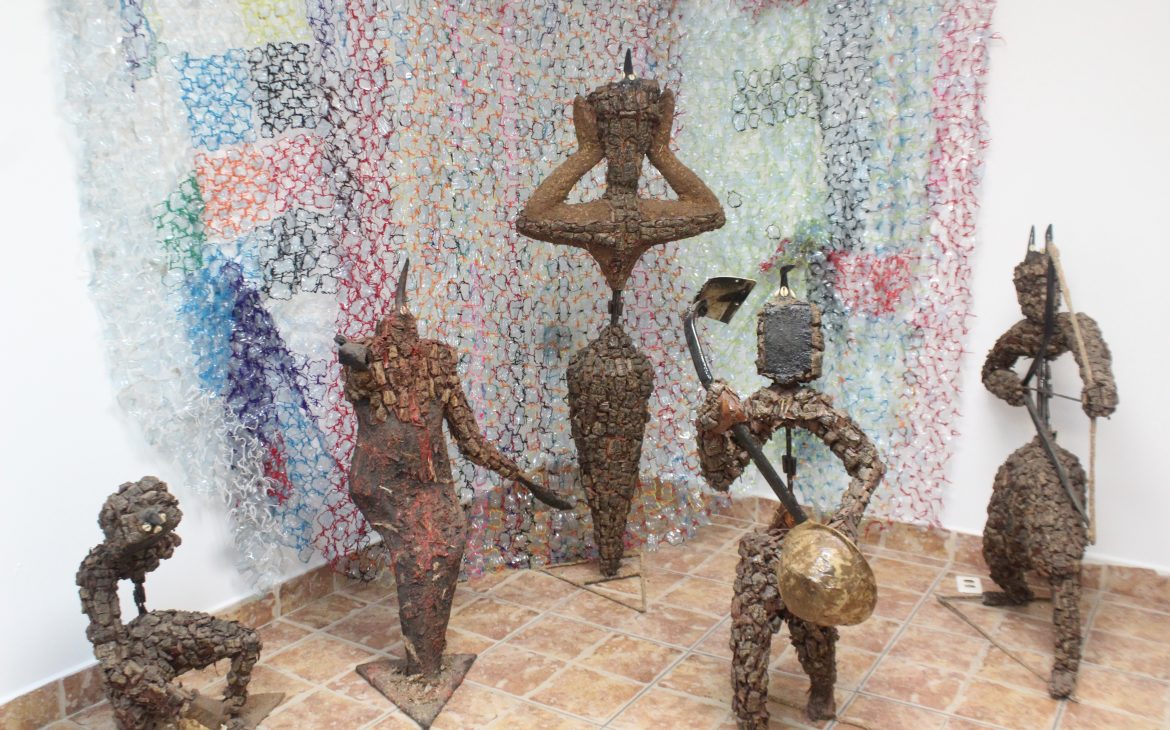
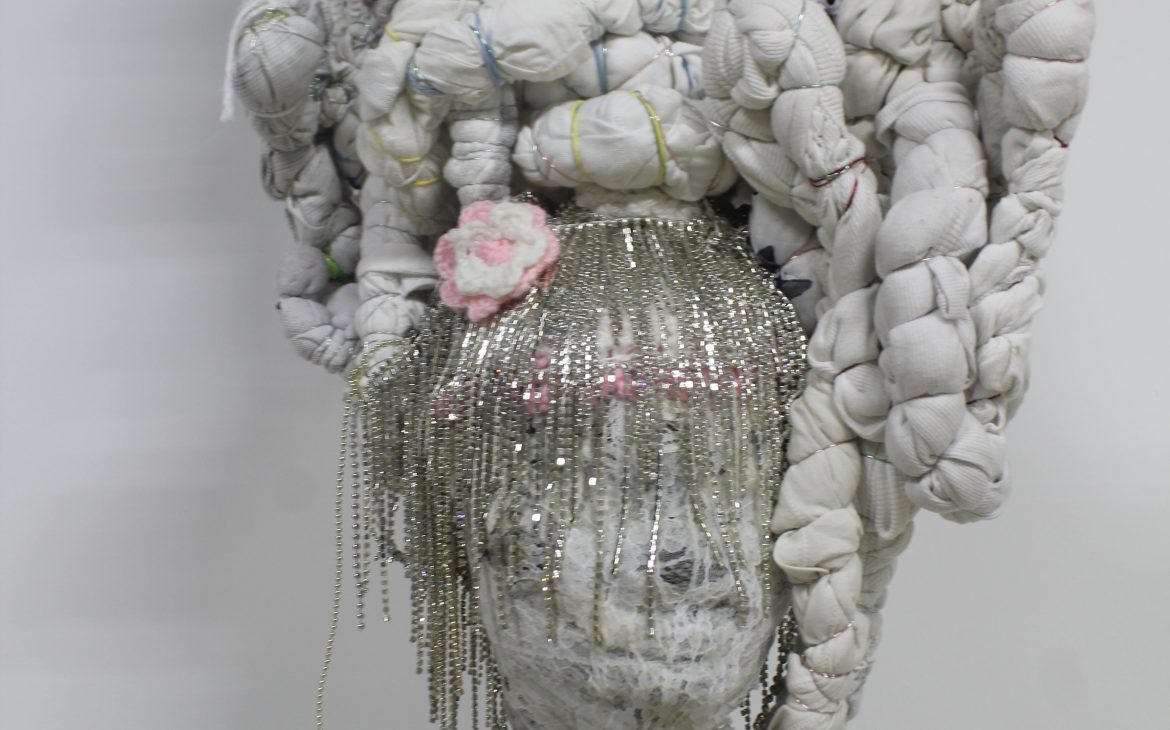
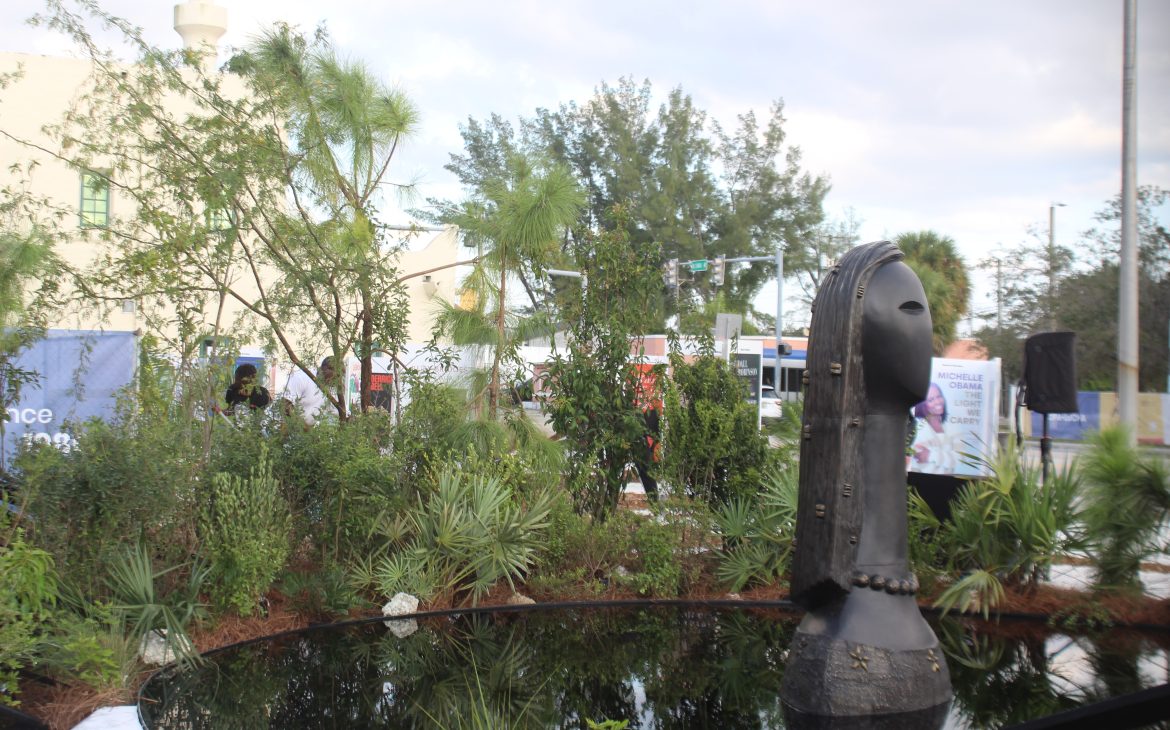
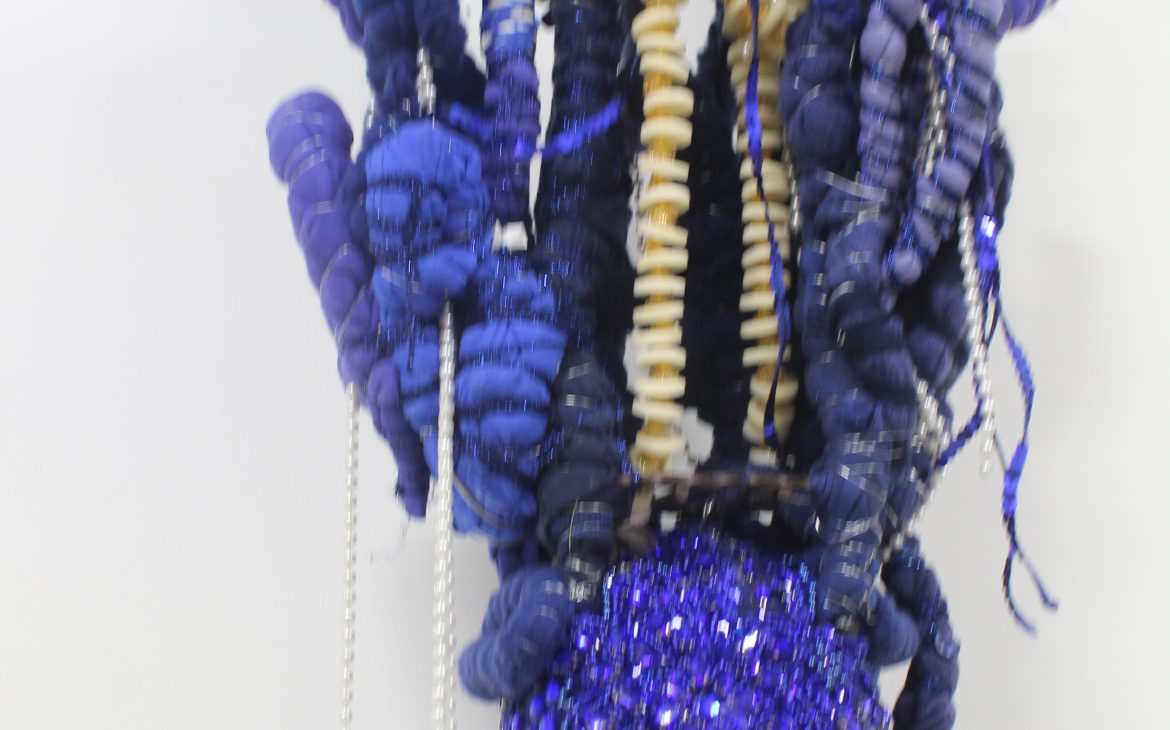
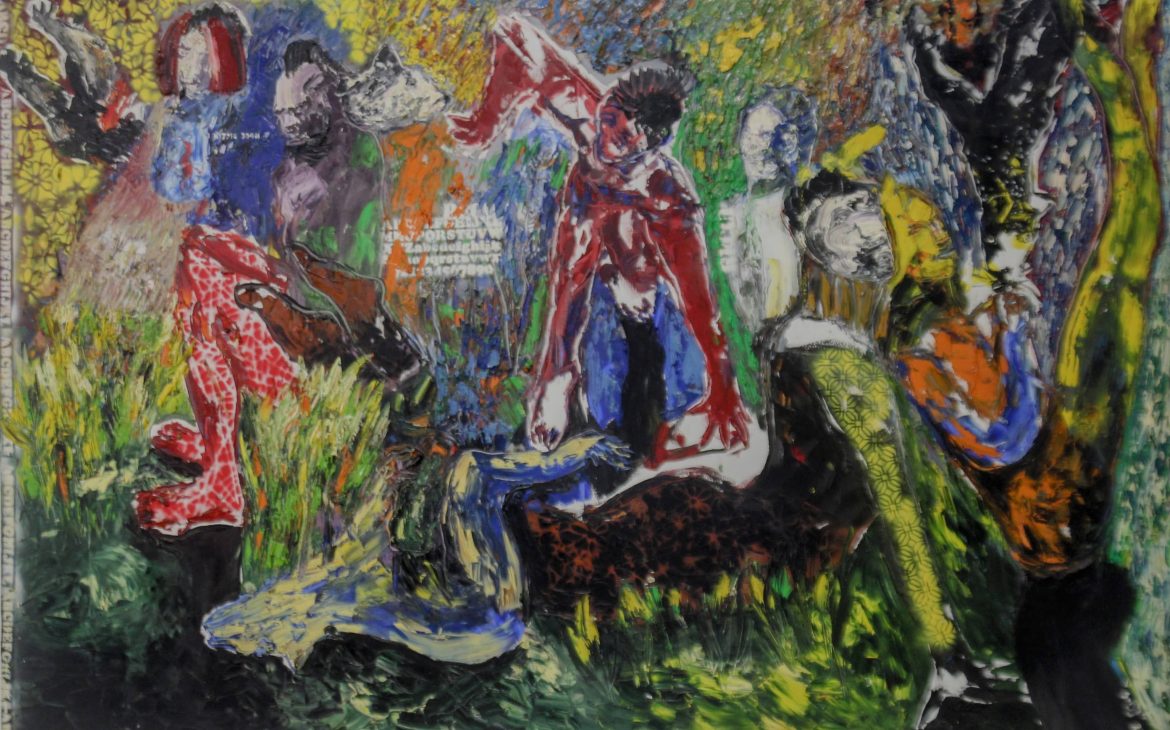
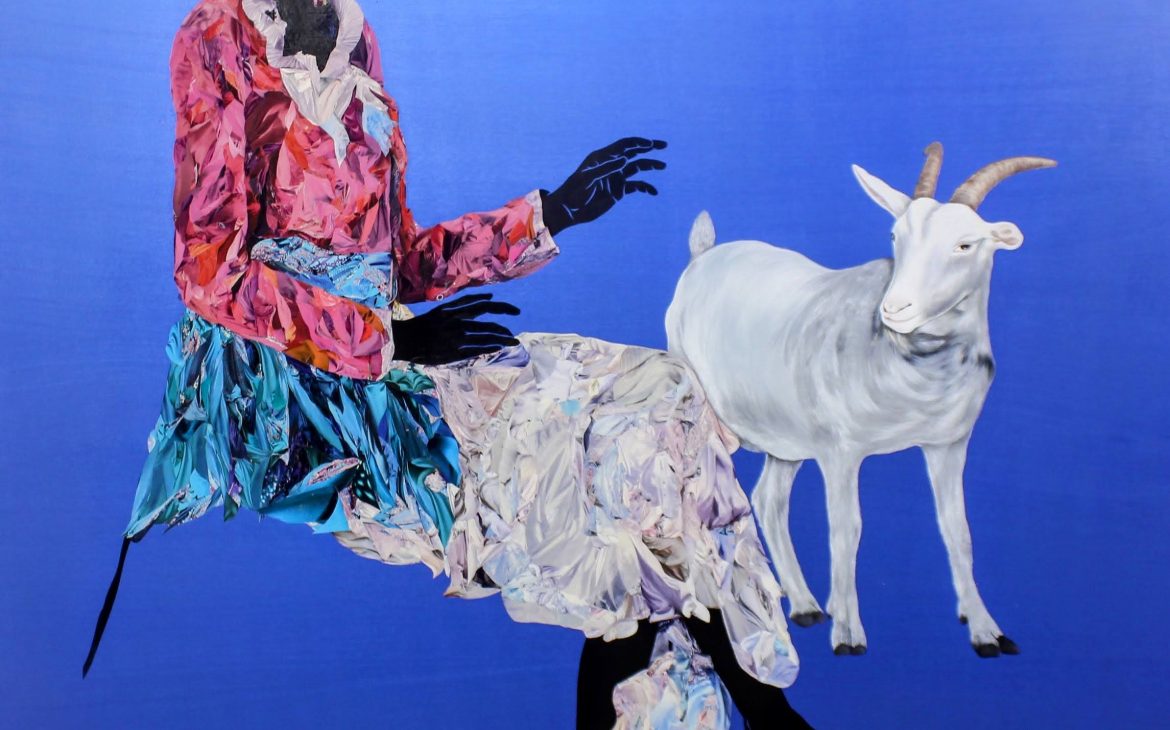
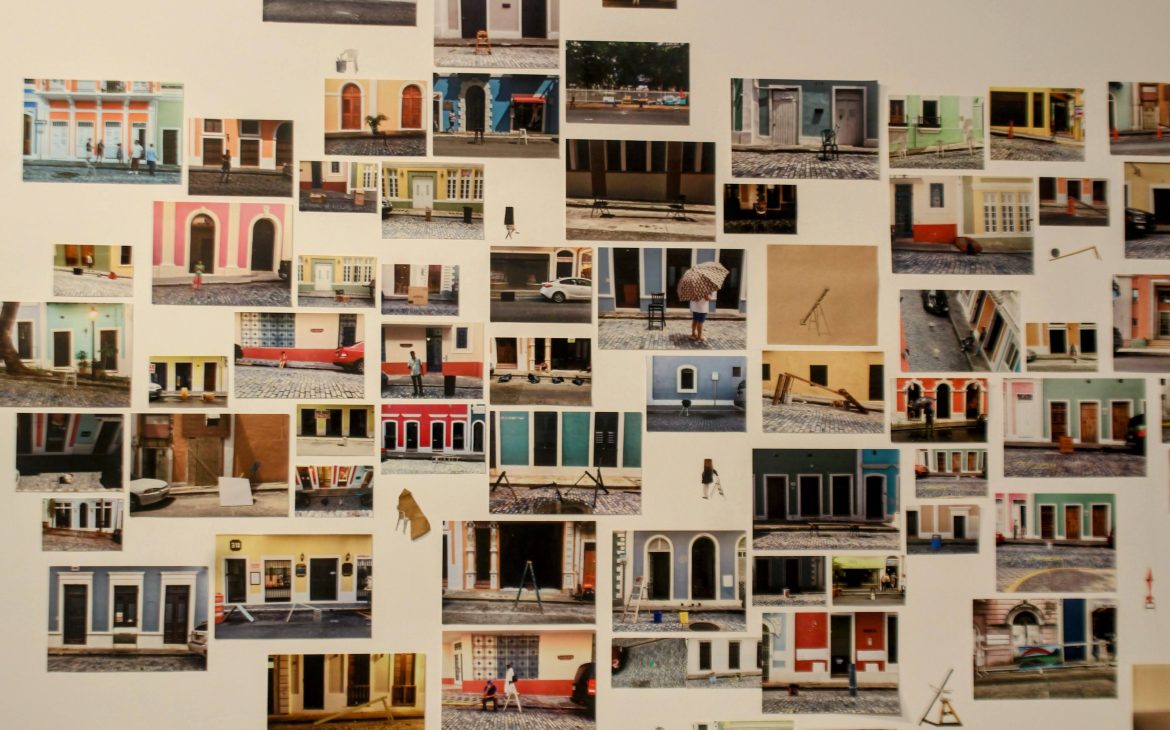
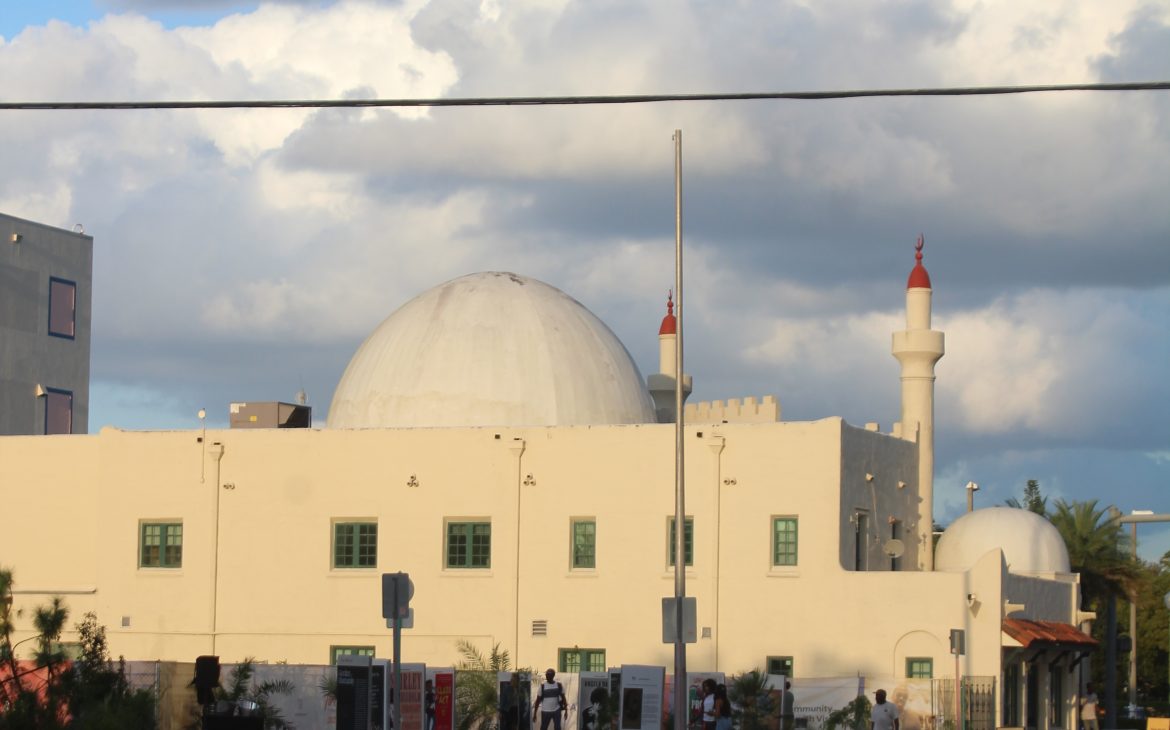

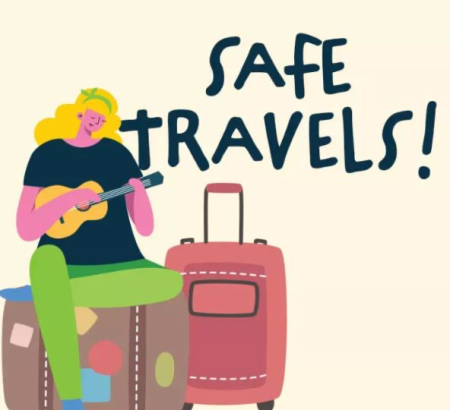
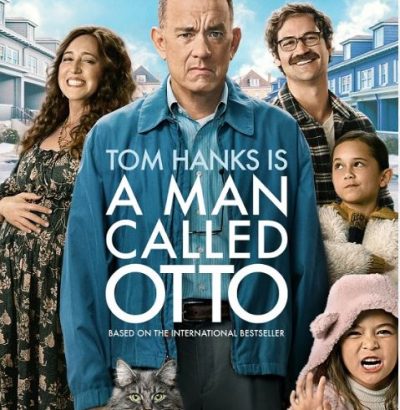

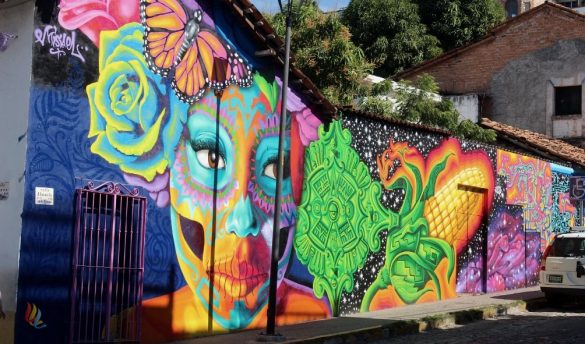
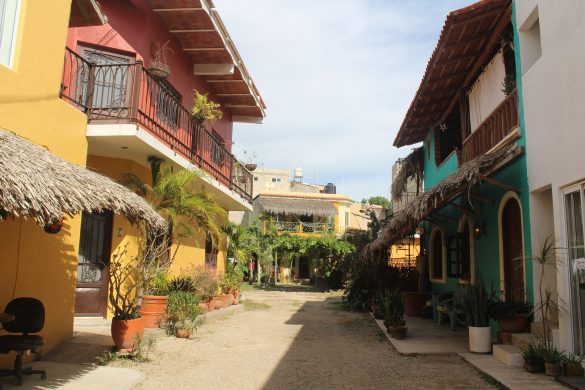
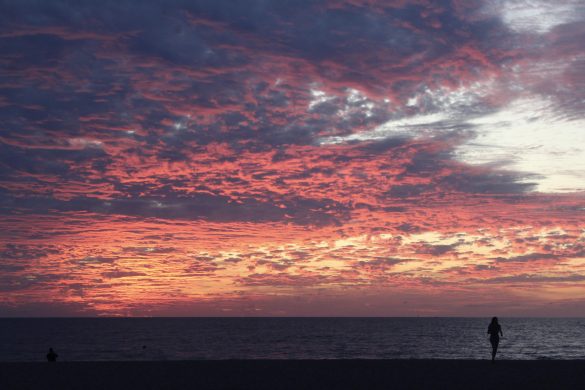
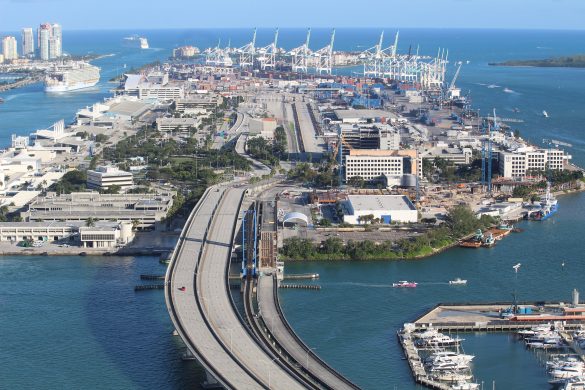
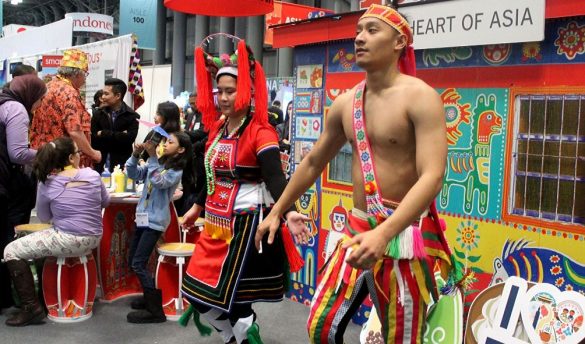

No Comments